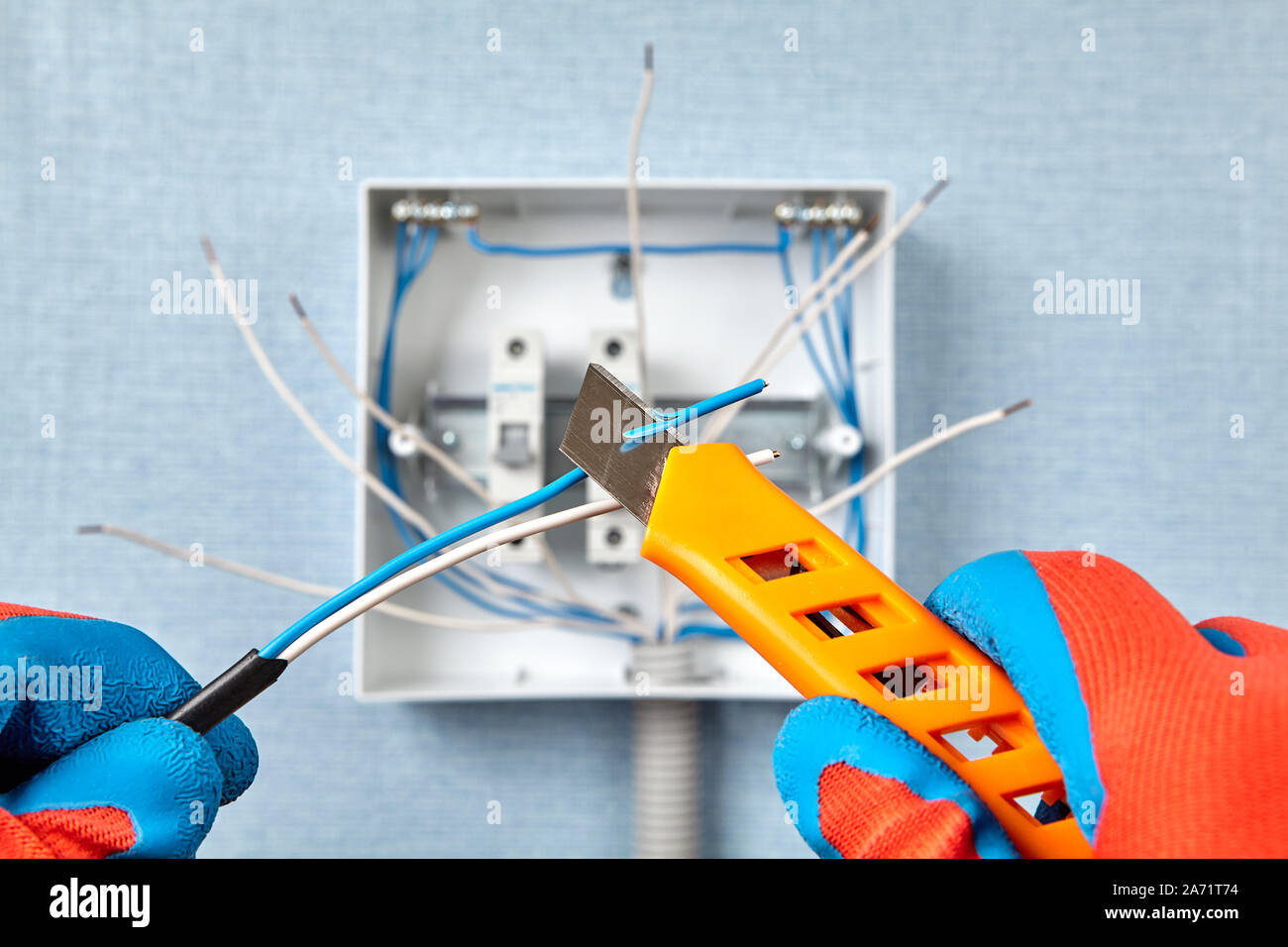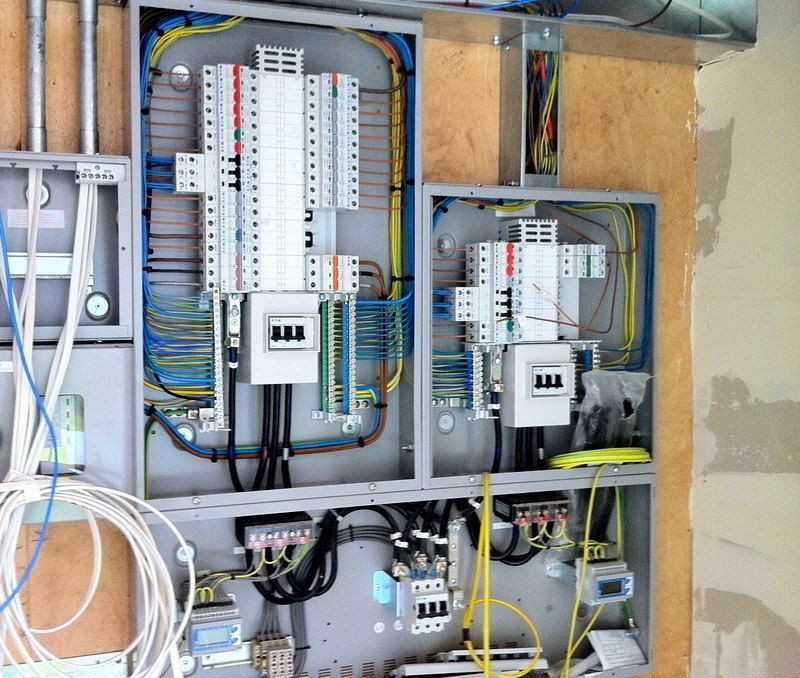Comprehensive Solutions from BRE Services for All Your Requirements
Demystifying Electric Installation: Understanding Codes and Laws for a Lawful and Safe Arrangement
In the realm of electrical setup, adherence to codes and regulations is extremely important to guarantee both legitimacy and security. The complexities bordering electrical job can be overwhelming, yet acquainting oneself with the well-known criteria is crucial to browsing this area with confidence. By comprehending the details of the National Electric Code and regional building regulations, individuals can guarantee that their setups meet needed precaution and are in conformity with the legislation. Nevertheless, the journey to debunking electric installation goes past simple knowledge with policies; it requires a profound understanding of just how to carry out secure electrical practices effectively.
Importance of Electrical Codes
The adherence to electrical codes is important in making certain the security and integrity of electrical installations. Electrical codes function as a collection of criteria and guidelines that determine the proper design, setup, and maintenance of electrical systems. These codes are developed to decrease the threat of electrical dangers, fires, and various other security concerns that might occur from malfunctioning electric work.

Additionally, electric codes are frequently upgraded to integrate brand-new innovations, best practices, and precaution. Remaining upgraded with these codes is crucial for professionals in the electrical sector to make certain that their job meets the most recent safety and security standards. Inevitably, the significance of electric codes exists in developing a safe and secure and reliable electric framework that profits both people and communities.
Key Regulations for Safety
Numerous fundamental policies govern the safety criteria in electrical setups. One key policy is the National Electrical Code (NEC), which offers guidelines for safe electrical design, installation, and assessment to safeguard people and home from electrical dangers. The NEC covers facets such as wiring approaches, grounding, overcurrent security, and devices installation to make sure a risk-free electric system.
One more crucial policy is the Occupational Safety and Wellness Administration (OSHA) requirements, which concentrate on the safety of workers associated with electrical installations (BRE Electrical). OSHA regulations include demands for proper training, security procedures, and personal safety equipment to protect against office mishaps and injuries
In Addition, the International Electrotechnical Payment (IEC) requirements aim to balance electric installation policies on an international range. These requirements address issues like electrical equipment safety and security, electro-magnetic compatibility, and energy effectiveness to promote harmony and security in electrical installations worldwide.
Conformity with these vital regulations is vital to make certain the safety and security and legitimacy of electrical installments, shielding both individuals and property from the risks related to power.
Recognizing National Electric Code
Trick guidelines such as the National Electric Code (NEC) blog here supply important guidelines for risk-free electrical style, setup, and assessment to guarantee the protection useful link of individuals and residential property from electric threats. The NEC, additionally recognized as NFPA 70, is a comprehensive collection of standards for electrical setups that are upgraded every three years. It is created by the National Fire Defense Organization (NFPA) and is extensively adopted throughout the USA.
The NEC covers different facets of electric job, consisting of wiring techniques, grounding, overcurrent protection, and tools installation. It aims to secure people and residential property by resolving possible threats connected with electrical systems. Compliance with the NEC is typically imposed by regional authorities having jurisdiction (AHJs), such as building code authorities and assessors.
Comprehending the NEC is vital for electrical professionals, developers, and inspectors to make certain that installations fulfill the needed safety and security requirements. By sticking to the NEC guidelines, specialists can aid avoid electric mishaps and ensure the integrity of electric systems in household, commercial, and industrial setups.

Compliance With Regional Structure Codes
Recognizing and sticking to neighborhood building ordinance browse this site is crucial for ensuring the safety and compliance of electrical setups within a specific jurisdiction (BRE Automation Australia). Regional structure codes vary from one town to an additional, and they are established to protect the health of owners and buildings. These codes lay out specific needs for electrical installments, such as the sort of circuitry to be made use of, positioning of electrical outlets, basing approaches, and load capabilities. By abiding by regional building regulations, electricians can ensure that installations are done properly and satisfy the necessary security standards.
When it comes to electric installations, failure to conform with regional building codes can result in severe consequences. Non-compliant installments might posture safety and security dangers, increase the danger of electric fires, and lead to expensive penalties or lawful problems.
Guaranteeing Safe Electric Practices
Practicing stringent adherence to developed security procedures is important in the field of electric setups to reduce potential dangers and make sure the wellness of people and residential properties. Safety and security in electric job incorporates various facets, beginning with the appropriate training of employees associated with installation, upkeep, and repair work. It is necessary to comply with maker directions diligently when handling electric parts and devices. Before beginning any type of work, it is vital to conduct a thorough danger assessment to recognize prospective risks and carry out preventative measures. Making use of individual protective equipment (PPE) such as protected gloves, security glasses, and non-conductive shoes is non-negotiable to safeguard against electrical shocks and arc flashes. Normal equipment inspections, screening, and upkeep timetables are essential to find and fix faults prior to they escalate right into safety dangers. Additionally, adherence to correct lockout-tagout treatments throughout upkeep activities is important to avoid unexpected energization of circuits. By focusing on safe techniques, electric setups can operate efficiently while reducing the possibility of mishaps or damages.
Conclusion
To conclude, adherence to electric codes and policies is vital for ensuring the safety and legitimacy of electric setups. Understanding the National Electric Code and compliance with regional building ordinance are necessary for a risk-free configuration. By following these standards and exercising secure electric practices, people can avoid prospective risks and make sure the appropriate performance of their electrical systems.